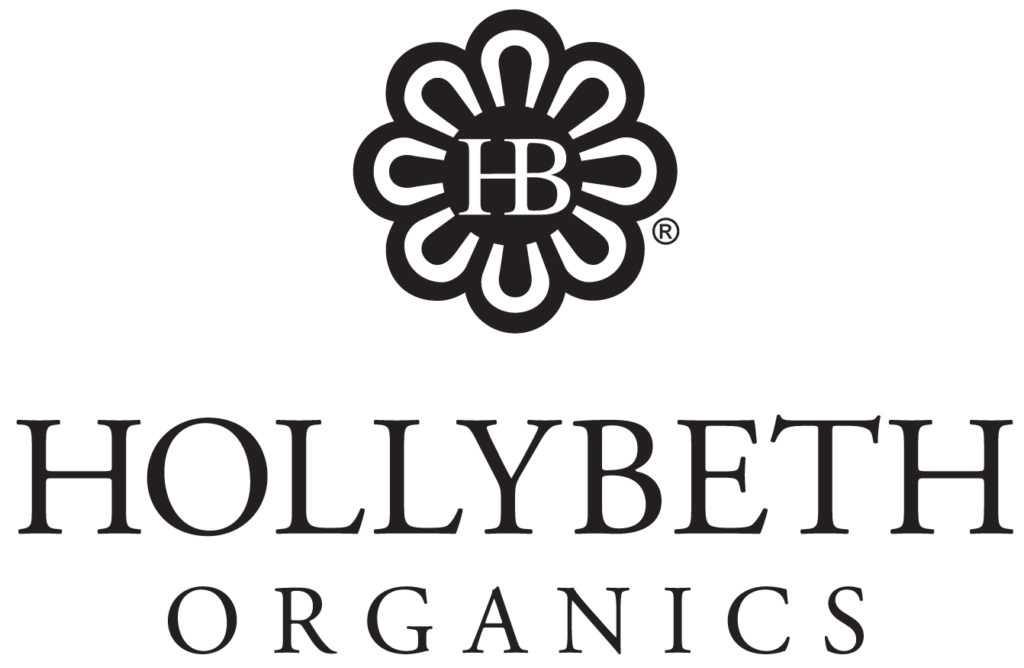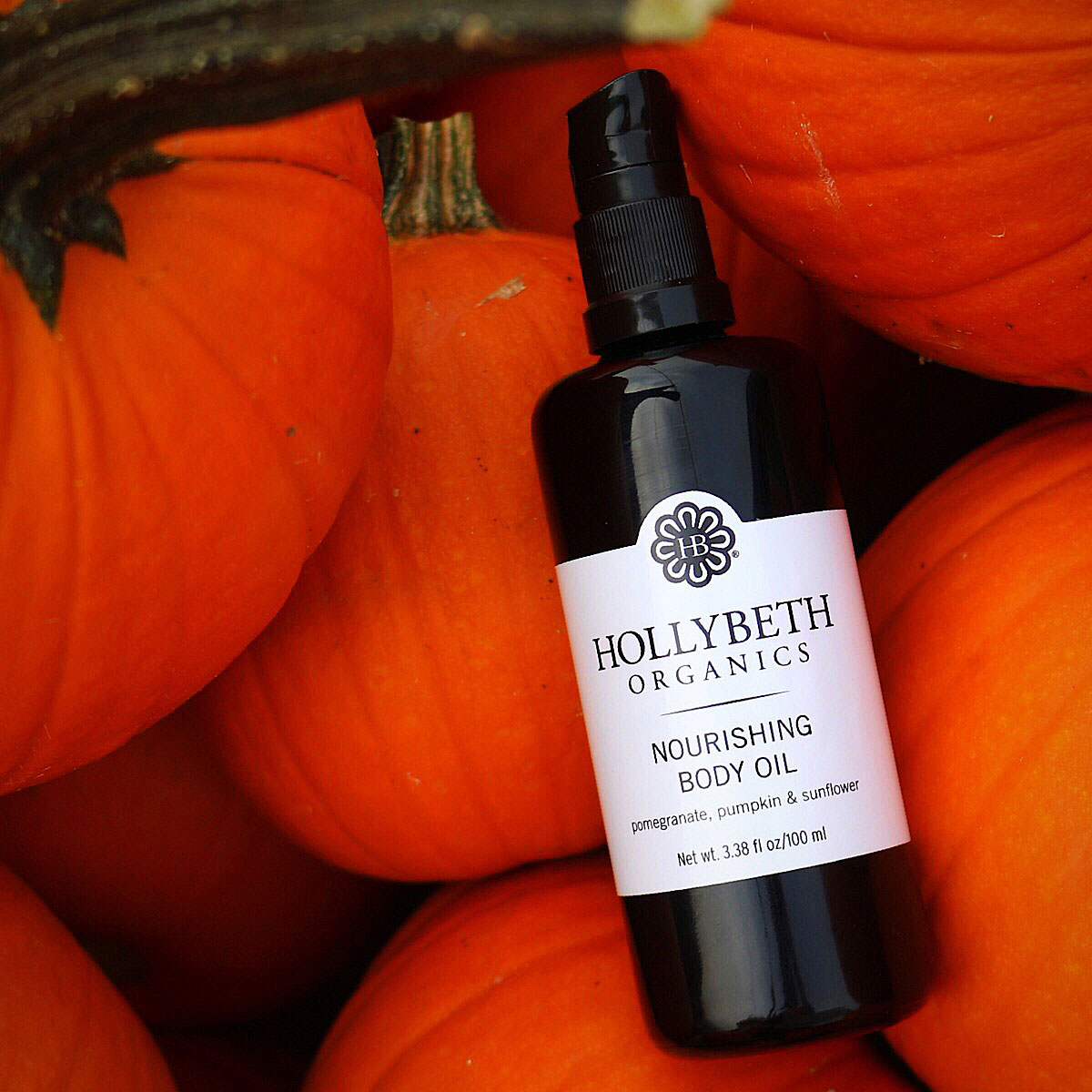acne, anti aging, artisan crafted, autumn, beauty, dry oil, gardening, hollybeth website, organic skincare, pumpkin seed oil, pumpkin seed oil, skincare
Pumpkin Seed Oil
Pumpkin History
Before we talk about pumpkin seed oil, let’s talk about the fruit. Yes, the countless varieties of pumpkins are in the same family as squash, cucumbers and melons. Its origin dates back to about 5000 B.C. in North America. Pumpkins are among the most versatile fruits that exist. The shells were used to make bowls and mats by Native Americans. Medicinally, they have been used to treat acne, fever, parasites, and kidney problems etc. etc. Long a staple in diets, the flowers seeds and meat are considered delicacies in certain cultures. Pumpkin seeds have even been recommended by the World Health Organization for its abundance in zinc.
Pumpkin Seed Oil
We all know about the virtues of pumpkin pies and roasted seeds, but the pumpkin seed oil is the prize for me. Pumpkin seed oil is packed with everything you need for glowing skin. The seeds are cold pressed to obtain the oil that makes a dark green light oil with a slight nutty aroma. It is not a heavy oil like coconut oil and will therefore not clog your pores.
Benefits for the skin and hair
This powerhouse of an oil is packed with fatty acids, alpha hydroxyl acid, Vitamins A, C, E and zinc. These ingredients are all needed to boost collagen production, increase cell renewal that brighten and smooth the skin. Research by the University of Maryland Medical Center has indicated that the oil is beneficial to hair and skin. Why? The omega 6 fatty acids Vitamin E are vital to help stimulate hair and skin growth. The oil can decrease the production of the enzyme, 5 alpha reductase, that is responsible for slowing hair growth. Vitamin K in pumpkin seed oil is known to reduce swelling, healing and bruising after surgery. It is also applied to the skin to help with rosacea, acne and spider veins according to WebMD. We love pumpkin seed oil so much that you can find it our nourishing body oil and body oil. So the next time you carve that pumpkin or make pumpkin pie, keeps the seeds.

